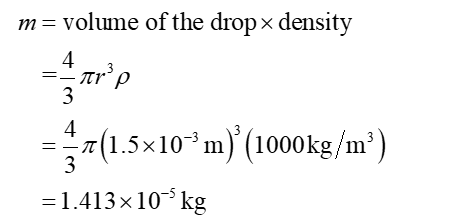
Yet, we can treat many problems with the simple approximation for sliding friction f = μN, where N is the magnitude of the normal force to the surface, and possibly with a different coefficient of friction for static friction, μ s, and kinetic friction, μ k.īut in a similar way, a simple approximation can be used to treat many problems. This will bring us more differential equations to learn to handle, and some mathematical functions to become familiar with.įrictional forces are complex, involving microscopic and mesoscopic processes. Here we revisit the motion of projectiles near the Earth's surface, this time adding air resistance to the problem, and we'll discuss the motion of charged particles in magnetic fields. guessing the solution (not always easy or reliable).direct integration (not always possible), and.We learned what differential equations are and saw two ways to solve them: In chapter 1 we reviewed Newton's laws and the mathematical objects used to express it, vectors.
#CALCULATE THE VELOCITY OF A SPHERICAL RAINDROP FULL#
Find an expression for the terminal velocity in terms of g and k.' For those in the wake, the full solution is shown in the posts below.

Lets calculate how much mechanical energy is lost. The results were then analyzed to calculate the h energy from the deformation of the. The terminal velocity of the raindrop is the limit as t goes to infinity for v(t). Heat is generated, and the overall kinetic energy of the raindrop is smaller than you would otherwise expect. Taylor 2.1-2.2 (today) and 2.3-2.5 (Wednesday) Recall terminal velocity of the raindrop, which is a function of diameter. Power minus 6 ok so we can write this as row is 10 to the power 3 into 4 into our is given in mm so we will take point 3 into 10 raise to the power minus 3 square ok so that will be in M and G is in 9.8 metre per second square ok so this is good for now it is it is 18 and it is 1.83 into 10 to the power minus 6 ok so if we calculate is this a - this will be 3 to the power minus 6 this got cancelled ok and here we are remain with 4 into 10 raise to the power 3 aur I am a right again that 4 into 10 raise to the power 3 into 0.9 into 9.8ġ8 into 1.83 ok so if we just calculate it so it will be point 3 square value point 0.09 ok so by calculating this you will get it to be equal to zero 107 metre per second or you may also write it as 1.PHY5200 lecture 6 PHY5200 F07 Chapter 2: Projectiles and Particles Reading

This force of his positive in upward direction and there will be one more force with which will be due to the air and that is because of this year it will be same as 435 rq5 into our cube into row into ji ok and this role will be of air as we can see that this road the density of air and density of water is every compare the heart it is just 1.3 and it is 10 raise to the power 3 so this is negligible so if you are comparing this force to this this force will be negligible so we can take this as zero and there will be only to force will be remaining that one is this f and another one is w and this force is Vegan also in say that this is aī and c force ok sunao the only two forces meaning that this is f&w so what we can do we can now be quite both of them so it will be 6 by M R into V is equal to RO into 435 are you into ji ok so this 585 cancel this are good cancel it will be to hear so now if we have to calculate the terminal velocity that is week so we can keep we hear and move the 6 l hear it will be row into 4 into our square into ji / 6318 into ETA ok now ETA is in voice M is in boys so to convert it into Newton second per metre square it will be / 10 it will be 10


Latest latest supposed to be ok this is a spare share ok so it's masses and ok so there will be this force which is due to the weight that is like a letter supposed to be MG that will be ok so the mass we can write it as density into volume energy equal to density and volume so we can write it has density into volume is 435 into our cube into ji ok so this is another equation suppose this is second equation so we can write it here as w is equal to row into 4 by 3 by 4 cube ji and this f Stokes law that will be in upward direction ok so Hello so the question here says compute the terminal velocity of a raindrop whose radius is 2.3 mm ok so we have to take the coefficient of viscosity as 1.83 into 10 raise to the power minus 5 and the density of air is 1.3 kg per metre cube the density of water is given as 10 to the power 3 kg per metre cube and we have to take the G value of g s 9.8 metre per so from a viscous from Stokes law from Stokes law we know that if that is viscous force is equal to 65 litre into our into we ok so this is let us suppose this is to be one now if I say that suppose this is a water drop ok so here


 0 kommentar(er)
0 kommentar(er)
